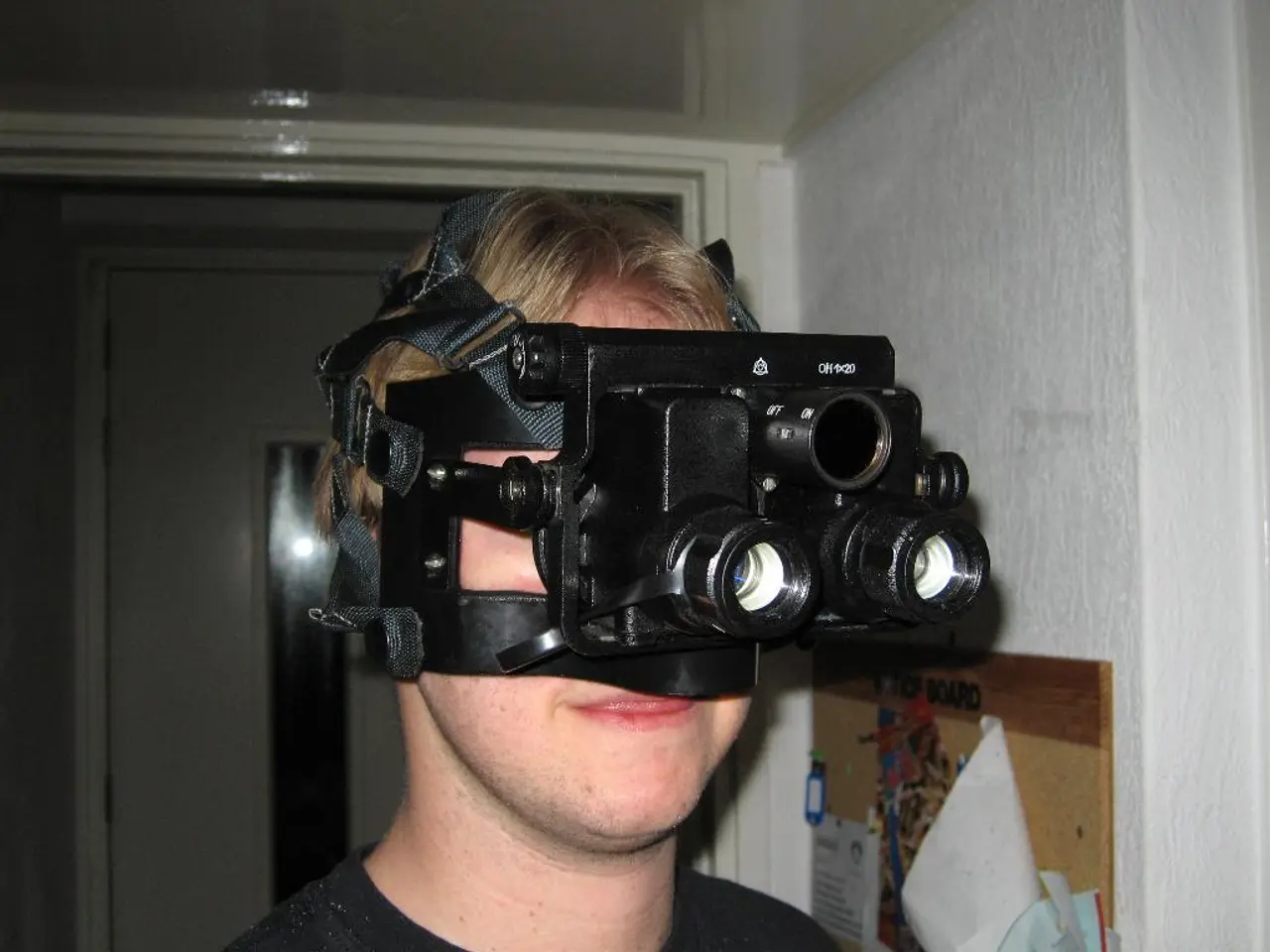Exploring the Digital World: Understanding Virtual Reality and Its Mechanisms
In the year 2025, the virtual reality (VR) landscape is poised for significant advancements, with rapid progress in immersion, accessibility, and cross-industry integration.
One of the key trends shaping this future is the integration of Artificial Intelligence (AI), which is enhancing VR by improving rendering, tracking, and dynamic simulation of 3D characters and environments. This leads to more realistic and interactive user experiences, particularly in gaming, medical training, and education sectors.
Another significant development is the rise of AR avatars and virtual beings, which are gaining traction due to the widespread adoption of AR glasses and smartphone cameras. These advancements, coupled with improvements in hardware and software, are making VR more accessible to a broader audience. Modern VR headsets boast higher resolution, better frame rates, inside-out tracking systems, improved controllers with haptic feedback, and standalone operation.
The rollout of 5G networks is also playing a crucial role, offering ultra-fast, low-latency connectivity essential for VR applications that require real-time data processing. This makes mobile and cloud-based VR experiences smoother and more responsive.
Enhanced user experience is another driving factor, with improvements in display quality, motion tracking, lighter and more comfortable headsets, and longer battery life. Cross-platform and mixed reality (MR) integration are creating hybrid environments where digital and physical elements coexist, leading to new modes of interaction and application possibilities.
Looking ahead, VR is set to expand into diverse industries such as healthcare, education, retail, and real estate. AI-powered realism and interactivity will elevate training, therapy, and entertainment applications. Ubiquitous AR/VR devices like Apple's Vision Pro signal a move towards consumer-ready, everyday AR/VR glasses that seamlessly integrate digital content with real-world perception.
However, despite these exciting developments, it is essential to remember that VR technology also carries risks. Prolonged VR use can lead to symptoms like motion sickness, eye strain, and cognitive fatigue. It may also contribute to social isolation, as users disconnect from the real world. There are genuine risks associated with the use of virtual reality, including potential triggers for epilepsy, psychological distress, and physical discomfort.
Pregnant women, people with a history of epilepsy or seizures, certain psychological conditions, and individuals with limited research on the effects of prolonged VR exposure on developing fetuses should exercise caution when using VR. Overuse of VR may impact physical health, contributing to sedentary behaviour and potential musculoskeletal issues.
Despite these risks, the benefits of VR are numerous. It offers immersive learning, therapeutic applications, entertainment, virtual meetings, and more. VR technology works by combining specialized VR headsets with computer-generated environments. Frequent breaks are crucial to prevent VR-induced motion sickness and cognitive fatigue.
In summary, the VR landscape in 2025 is characterised by AI integration, better hardware, 5G-enabled connectivity, and expanding practical applications across industries, with future developments aimed at more seamless, immersive, and accessible mixed reality experiences that blend digital and physical worlds. These trends suggest VR technology will become increasingly embedded in everyday life, transforming how people work, learn, shop, and entertain themselves.
- As VR technology advances, it's becoming more inclusive of various industries, such as gaming, medical training, and education, thanks to the integration of Artificial Intelligence and gadgets like VR headsets.
- In the foreseeable future, the rise of AR avatars and virtual beings, along with advancements in technology like AR glasses and smartphone cameras, will make VR more accessible to a broader audience.




